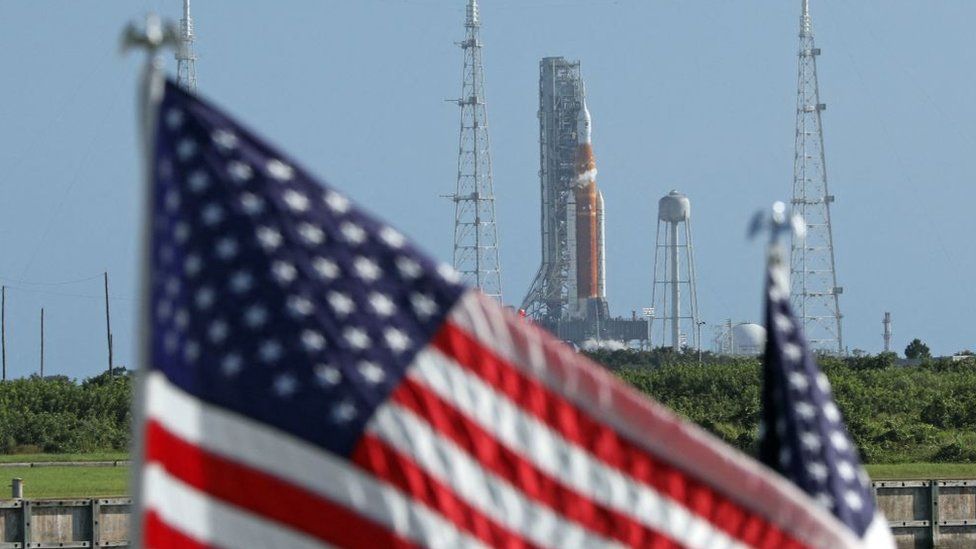NASA’s Artemis I moon rocket was supposed to launch on September 8, 2020, but bad weather delayed the launch. The Artemis I mission is the first step in NASA’s plan to return humans to the moon by 2024. The rocket will launch an unmanned Orion spacecraft on a test flight around the moon. If everything goes according to plan, the Artemis II mission will launch astronauts on a similar flight in 2023. The Artemis III mission will land humans on the moon in 2024.

The storm that is currently raging across the United States is delaying the launch of NASA’s Artemis I moon rocket. The launch was scheduled for early this morning, but has been pushed back due to the storm. The exact timeline for the launch is unknown at this time, but it is expected to be delayed by at least a day or two. This is a developing story, so stay tuned for more updates.
Why the Artemis I Moon rocket important?
The Artemis I Moon rocket is important because it is the first step in NASA’s plan to send humans back to the moon. The launch of the Artemis I rocket has been delayed due to bad weather, but NASA is still hopeful that the launch will happen soon. The Artemis I rocket is a critical part of NASA’s plan to return humans to the moon, and we hope that the launch will happen soon.
The Storm and how it may affect the launch
As Hurricane Ian continues to churn in the Atlantic, NASA is closely monitoring the storm’s progress and its potential impact on the launch of the agency’s Artemis I mission. The launch, which was originally scheduled for September 30, has been delayed due to the storm and is now tentatively set for October 5.
While it is still too early to say definitively whether or not the storm will impact the launch, NASA is taking all necessary precautions to ensure that the mission will be able to proceed as planned. Hurricane Ian is currently forecast to remain offshore of Kennedy Space Center, where Artemis I is set to launch from, but the storm could still cause disruptions if it shifts closer to land.
NASA will continue to monitor the storm and provide updates on the launch status as more information becomes available. In the meantime, preparations for the Artemis I mission continue apace, and everyone at NASA remains focused on delivering this historic mission to send humans back to the Moon.
Despite the setback, NASA is still confident that it can meet its timeline for the Artemis program, which aims to put humans back on the moon by 2024. “We’re still planning to launch in 2021,” said NASA Administrator Jim Bridenstine. “It’s just going to be a little bit later than we thought.
On Saturday, Ian strengthened as it moved over the Caribbean. Its projected path takes it just south of Jamaica, over western Cuba and into Florida, the hurricane centre said.
Florida Keys and South Florida could be hit by heavy rains on Monday, according to forecasters.








